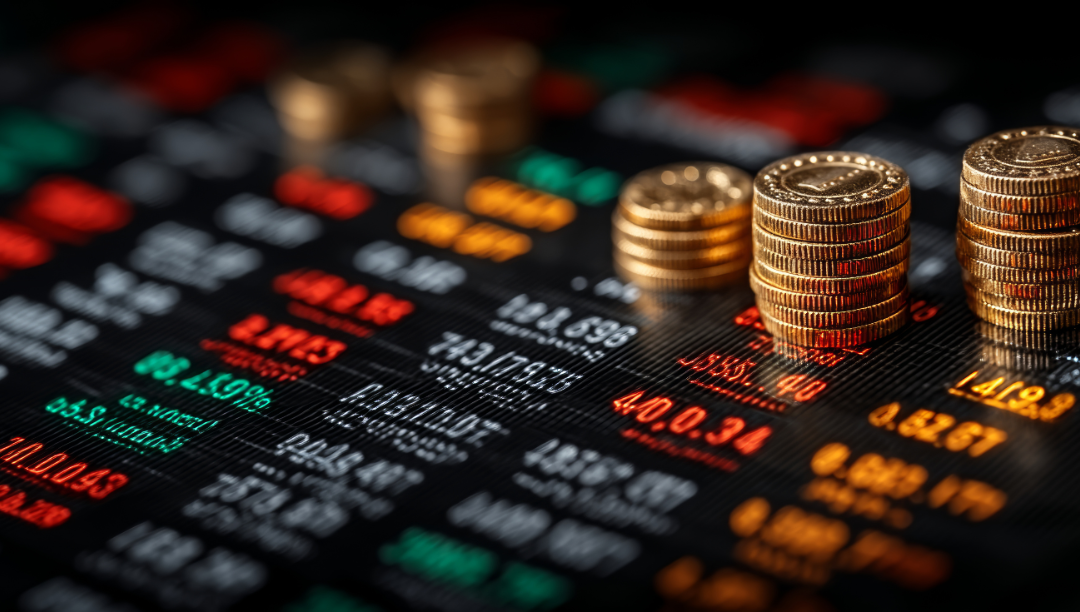Overview
In our November 2022 Global Economic Outlook we looked ahead to 2023 and made ten predictions on what awaited the global economy. Over the course of 2023 H1, the EU economy fell into a technical recession, the US stumbled – but kept growing – after a major banking crisis, China reopened to the world after nearly three years of closed borders and commodity prices have come down from their 2022-highs. A lot has changed since we made the below top 10 calls, and with the first half of the year behind us, we reflect on our predictions. We were accurate on most counts, but 2023 H1 did have a few surprises up its sleeve.
The image below shows our Top Ten calls and how they have fared. Green shows where our prediction is broadly on track, red where it is clearly not, and yellow where it is too soon to tell.
Overall, the global economy has evolved broadly in line with our view – but with important nuances. The energy crisis has been less acute than we anticipated, although risks remain. But despite this, a two-speed economy is emerging, with manufacturing and construction trailing services. And there are signs that potentially the biggest positive surprise of 2023 – China’s rapid re-opening – will be a disappointment.
Our Top Ten calls for 2023 and how they have fared
GDP has been resilient, but industry is struggling
In terms of GDP, the world economy has proved resilient. We now expect it to grow at 1.9% in 2023 (weighted by market exchange rates) – a significant improvement from the 1.3% we expected at the end of November 2022 (Figure 1, left-hand side). Although the war in Ukraine and associated sanctions have undoubtedly had an impact, a re-configuration of commodity trade flows has minimised the impact, and a full-scale energy or food crisis has been averted.
However, we still expect a significant slowdown, with growth decelerating from the 2.9% recorded in 2022. Although headline inflation has come down in the West, it remains above target, and core inflation has proved to be highly persistent. Most of the pain from higher interest rates is still to come.
In contrast, prospects for industrial production have got worse. Back in November, we expected the global industrial sector to broadly keep pace with the economy as a whole, with growth of 1.8% (Figure 1, right-hand side). We now expect growth of just 1.1%, barely half the pace of GDP growth. In the West, monetary tightening and the rebalancing of consumer demand are taking a toll on the manufacturing sector. In China, the ongoing problems with real estate and construction are spilling over to the industrial sector, together with weak global consumer demand for goods.
Growth that is tilted towards services instead of manufacturing and construction will be less commodity-intensive. This is illustrated by our Metal-intensity Weighted Growth indices, which use CRU’s information on metal-intensity to weigh revisions to the economic forecast (Figure 2). These suggest that a stronger outlook for GDP growth in 2023 has translated into only limited upside for final demand for metals.
Inflation down substantially, but central banks have more to do
As we expected, inflation has declined since the end of 2022 in both the Eurozone and US. In the Eurozone, headline CPI inflation was at 5.5% y/y in June, and in the US it dropped to 4.0% y/y in May (, left-hand side). These declines mainly reflect deflationary forces from falling energy and food prices, a sharp decline in producer price inflation, but also a slowdown in economic activity. In our view, the slowdown in economic activity in both regions is mainly a result of the aggressive tightening of monetary policy, and we expect high interest rates to continue weighing on growth throughout the rest of the year.
After the ECB raised interest rates by 25 basis points in June, we forecast another 25 bps hike in July, but then expect the ECB to end its rate hike cycle in September due to weak economic data and gradually weakening inflationary pressures (, right-hand side). Across the Atlantic we forecast the Fed to raise the Federal Funds Rate by 25 bps in July, with another 25 bps rate hike being very likely. We still expect inflation in the Eurozone to fall faster than in the US, mainly due to the larger energy base effect and weaker economic performance.
China’s abrupt reopening is not a panacea for economic ills
To the surprise of many, China rushed to abandon the zero-Covid policy in late 2022. China’s swift reopening after nearly three years of strict Covid-19 restrictions has provided a boost to economic activity since February 2023, and hence a stronger-than-expected GDP growth of 4.5% in 2023 Q1. However, the recovery momentum quickly lost steam in Q2 (Figure 4). It appears the pandemic has left deep economic scars on household and business confidence, and that the problems in the property sector are more structural than cyclical.
Recent developments are broadly consistent with our cautious stance on the Chinese property sector – a multi-year soft landing rather than a rapid rebound. While the sector enjoyed a short stint of recovery in 2023 Q1, there was a broad weakening in property sector across various aspects – investment, starts, sales, project initiations, and floorspace under construction all experienced declines (Figure 5). However, there is clearly a risk that the sector may enter into a sharper downward spiral. Such as scenario would present a major downside risk to China’s economic growth in 2023.
We expect Chinese authorities to implement more proactive measures to stabilise housing demand, such as removing purchase restrictions, lowering the mortgage rates for home upgraders, lowering the downpayment ratio and potentially including a scaled-down version of the previous “shantytown redevelopment” programmes.
Gas prices are now expected to be lower
We now forecast the average 2023 price will be around EUR37 /MWh, which is much lower than the EUR150 /MWh that we anticipated in late-2022. One reason for prices undershooting our expectations is that Europe experienced a much warmer winter than expected. Heating degree days (HDDs) were generally lower over the 2022/2023 winter. Another reason is that European industrial gas demand declined more than expected. Over August 2022 to March 2023, total EU gas consumption declined by around 18% compared to previous years. Europe also secured more LNG supply than expected through the winter, pricing out some poorer nations and taking advantage of China’s lower LNG imports as it sluggishly emerged from its Zero-Covid policy (Figure 6, left-hand side).
As a result of all this, Europe emerged this spring with high gas storage levels, reducing purchasing requirements to refill storage ahead of next winter (Figure 6, right-hand side). Currently, slow global economic growth, including a slow Chinese ‘re-opening’ after the pandemic, is tempering natural gas consumption demand. The TTF price is hovering around EUR30-35 /MWh, and Europe will likely achieve and exceed its 1 November 90% gas storage refill target early. Europe’s gas price cap of EUR180 /MWh looks obsolete.
We forecast prices will rise above EUR50 /MWh near the end of year as temperatures drop. However, there are several upside price risks to this, and Europe should not be complacent. The winter may be colder than expected, Chinese LNG imports could surge, industrial demand might recover faster than expected, and Russia could reduce pipeline exports to Europe further. While any one of these scenarios would be manageable, a combination would probably stretch the market balance and push prices back up significantly above our central case.
Other calls and the outlook for commodity prices in 2023 H2
As for other calls we made for 2023:
- Electric vehicles (EVs) are still expected to increase their global market share to around 18%, with China leading the way in EV’s production followed by Europe and the US;
- As the war in Ukraine continues to be a high-intensity conflict, there are no signs of normalisation of trade between Russia and the West, as predicted;
- And comparing advanced economies to developing ones, we still forecast to see economic slowdown in emerging markets but expect them to outperform advanced economies this year.
Overall, 2023 H1 has been characterised by the slowdown in the West and an underwhelming reopening of China. As a result, over the course of 2023 H1 commodity prices have on average moderated with a few exceptions.
We expect to see even slower global growth in the second half of this year as the full impact of higher rates transmits through the world economy. Slower growth will inevitably impact commodity prices as demand continues weaken. Hence, we now expect the CRU commodity basket to fall by 21.1% in 2023 compared to the 18.1% we forecasted in November 2022.

















